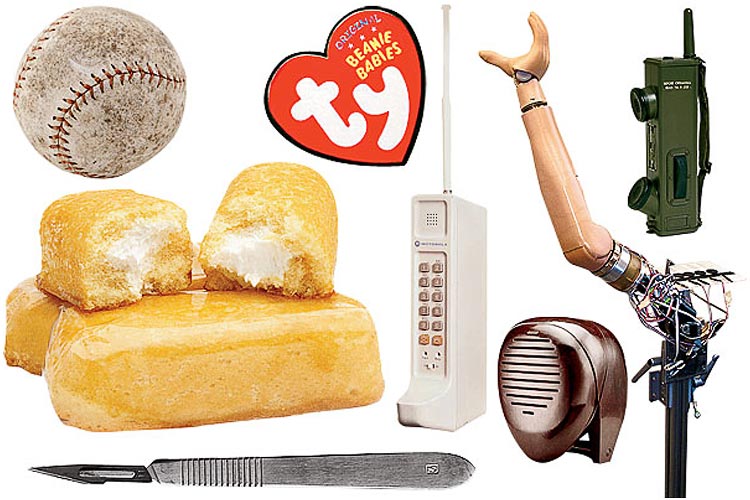1885: First modern skyscraper
Inventor: William LeBaron Jenney, an American architect and engineer
Fact: At 12 stories, Chicago’s Home Insurance Building was never the tallest building in the city or the world, but the steel frame that allowed it to be built at one third the weight of a traditional stone design provided the basis for today’s skyscraper construction.
1887: First softball game
Inventor: George Hancock, a reporter for the Chicago Board of Trade
Fact: Hancock improvised the rules and equipment for the first game of “indoor baseball” between Yale and Harvard alumni. They had been waiting for the football score between their alma maters at the Farragut Boat Club in Chicago.
1893: First successful open-heart surgery
Inventor: Daniel Hale Williams, founder of the Provident Hospital, the first integrated hospital in the United States
Fact: Williams successfully repaired the torn pericardium of a knife-wound patient named James Cornish without penicillin or a blood transfusion. Cornish recovered within 55 days.
1930: First Twinkie
Inventor: Jimmy Dewar, a baker for the company that would later become Hostess
Fact: Twinkies got their name when Dewar saw a billboard for “Twinkle Toe Shoes.”
1932: First baby monitor
Inventor: Eugene McDonald Jr, president of Zenith Radio Corporation
Fact: McDonald was inspired to create a radio monitoring system for his daughter after the kidnapping of aviator Charles Lindbergh’s son. Zenith engineers later perfected the device and sold it as the Zenith Radio Nurse.
1940: First walkie talkie
Inventor: Galvin Manufacturing Company engineers
Fun Fact: The U.S. Army Signal Corps issued the contract for the development of an FM portable transmitter-receiver to Chicago-based Galvin Manufacturing Company (later Motorola) after the U.S. entered World War II.
1942: First man-made nuclear chain reaction
Inventor: Enrico Fermi, an Italian physicist who left Italy for the US in 1938
Fact: Fermi and other scientists working with the Manhattan Project conducted their tests under the University of Chicago football stadium.
1973: First cell phone
Inventor: Martin Cooper, a Motorola engineer
Fact: The first call Cooper made on a DynaTAC prototype was to his chief competitor, Joel Engel of Bell Labs, to gloat about his invention. The cell phone wasn’t sold commercially for another decade.
2002: First bionic arm
Inventor: Dr. Todd Kuiken
Fact: Kuiken’s bionic arm connects to nerves remaining after amputation, allowing the patient to control the prosthesis with their mind as though it were a natural arm. In September 2013, Kuiken revealed a similarly thought-controlled bionic leg.



